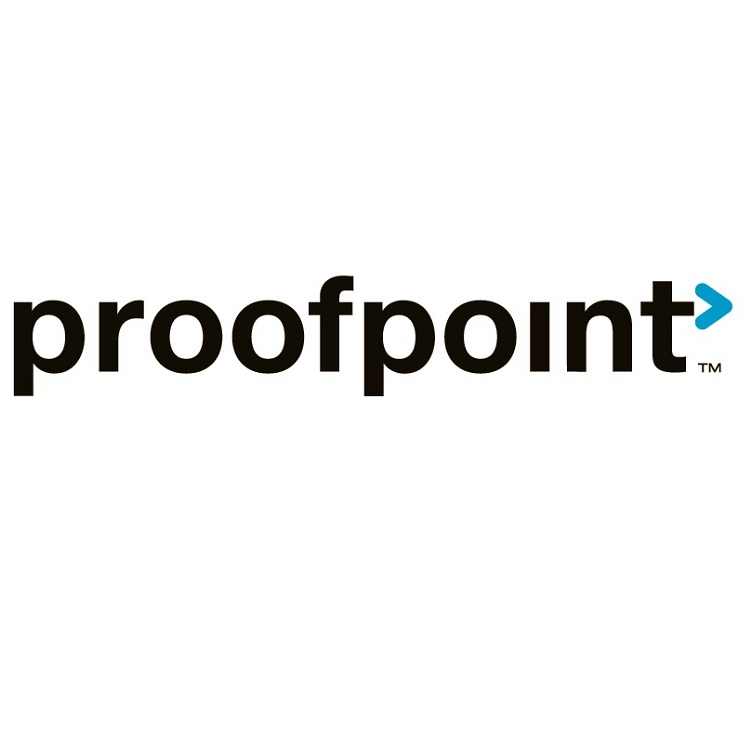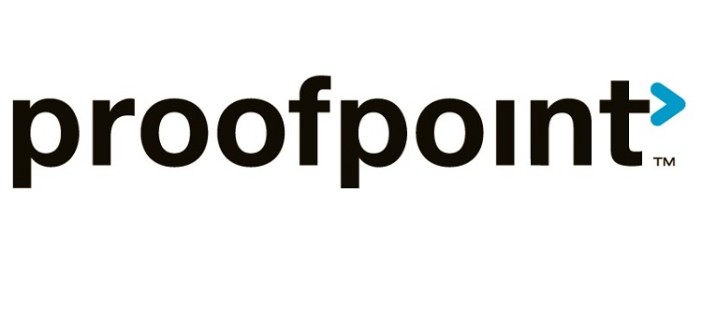
![]() Businesses are investing more than ever in social media. Organizations are expected to spend $35.98 billion on social media advertising in 2017, up nearly 50% from 2015 totals.
Businesses are investing more than ever in social media. Organizations are expected to spend $35.98 billion on social media advertising in 2017, up nearly 50% from 2015 totals.
This influx of money has created an ideal setting for cyber crime. Fraudsters create fake accounts to steal data and disrupt business. Some are as simple as unwanted protest accounts. Others might link to phishing and malware. Through fraudulent accounts, criminals can swipe all kinds of personal information: bank logins, credit cards, and even Social Security numbers. Regardless of their methods or goals, fraudulent accounts hurt your brand and your customers.
The pool of potential victims is huge. The number of social media users is expected to grow from 2.04 billion worldwide in 2015 to 2.55 billion by 2018.2 That’s about a third of Earth’s population.
Fake accounts are one the most common social media security challenges for enterprises. In our 2014 research, we found that Fortune 100 companies are a popular target for fraud. Some 40% of Facebook accounts and 20% of Twitter accounts that claim to represent a Fortune 100 brand are unauthorized. We researched these issues further in Q2 2016 to understand how this business
risk has evolved.
This inaugural Social Media Brand Fraud Report reveals the current state of social media fraud. It uncovers fraudsters’ motives and methods. And it details types of fraudulent accounts. The report also recommends ways to protect your social presence from this pervasive security risk.
1 eMarketer: Social Network Ad Spending
2 eMarketer: Social Network Users Worldwide
From April through June 2016, we researched the prevalence and types of fraudulent social media accounts. Our objectives were twofold:
- Identify the categories of fraudulent brand accounts
- Measure the scope of this growing threat
For our research, we selected 10 top brands from different industries.3 The selected brands are leaders in their field and have an active social presence with an average of 33.7 million followers across major social platforms, including Facebook, Twitter, YouTube, and Instagram.
Based on our massive body of customer data, as well as deeper research into the nearly 5,000 accounts associated with these 10 brands, we found that social media fraud is on the rise. Our findings highlight the need for companies to protect themselves from these constant and growing security threats on social media…Click HERE to read full report.





